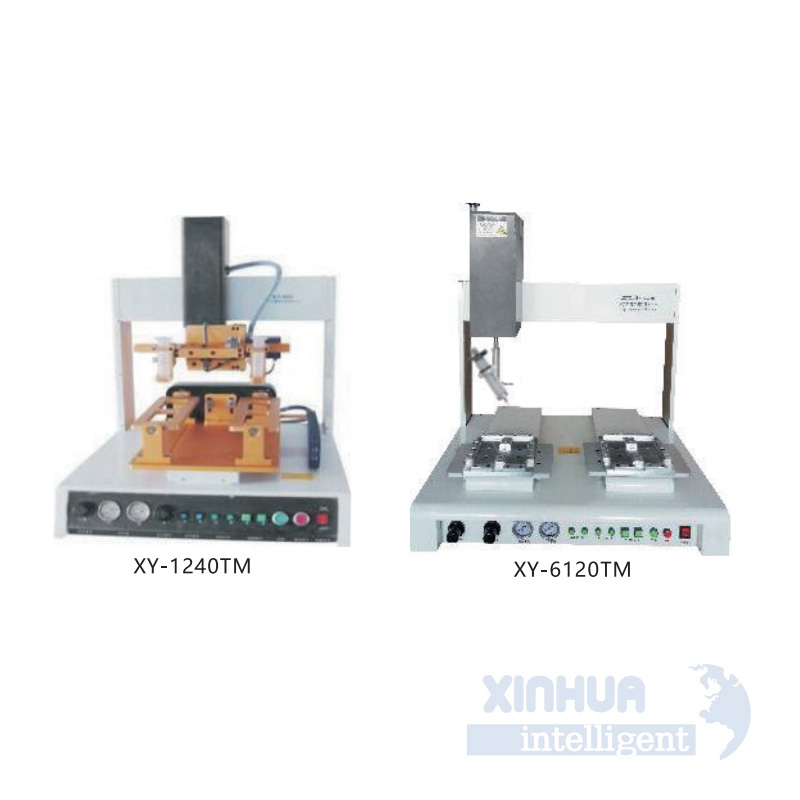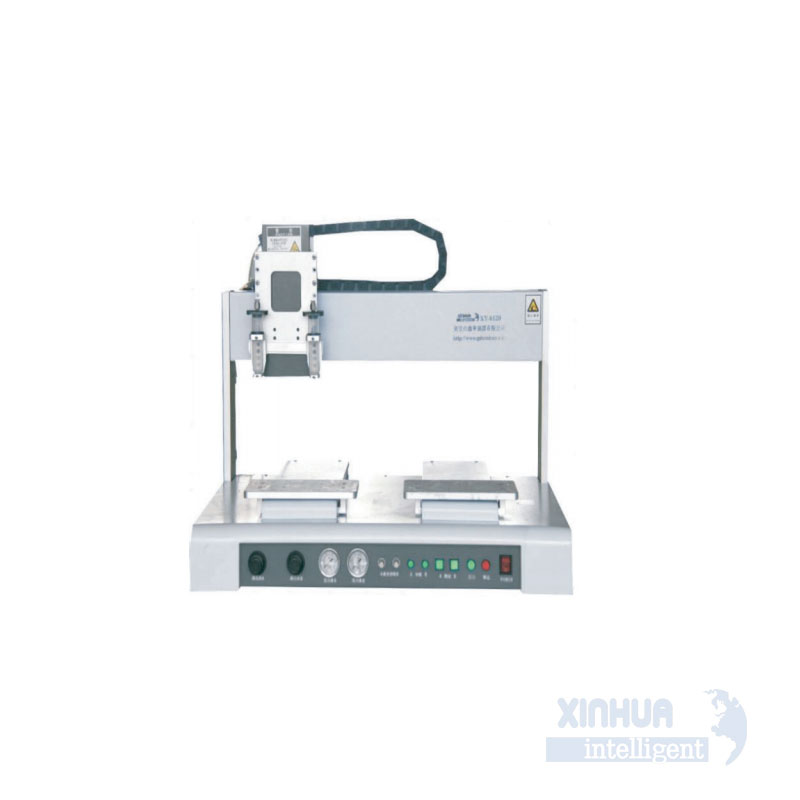
Optimizing Efficiency: Understanding Cone Filling and Sealing Machines in Modern Production
In today’s fast-paced manufacturing environment, precision, speed, and consistency are critical to maintaining a competitive edge. One piece of equipment that has become increasingly vital across various industries is the cone filling and sealing machine. From food packaging to pharmaceuticals and chemical processing, these machines offer automated solutions for filling and sealing conical containers with high efficiency.
For professionals in production, engineering, or operations management, understanding the challenges associated with cone filling and sealing processes—and how modern technology addresses them—is essential. This article explores common pain points, technical solutions, real-world applications, and concludes with insights on how partnering with an industry leader like Xinhua Intelligent can optimize your production line.
—
1. Common Pain Points or Challenges
Despite their importance, cone filling and sealing machines often come with operational challenges that can hinder productivity, product quality, and cost-efficiency. Below are some of the most frequently encountered issues:
A. Inconsistent Fill Levels
One of the primary concerns in automated filling is achieving consistent fill levels. Variations in viscosity, temperature, and flow rate can lead to overfilling or underfilling, which not only affects product quality but also leads to waste and customer dissatisfaction.
B. Seal Integrity Issues
Ensuring a reliable, airtight seal is crucial—especially in food, pharmaceuticals, and medical device packaging. Poorly sealed cones can result in contamination, spoilage, or regulatory non-compliance, all of which carry significant financial and reputational risks.
C. Downtime Due to Maintenance and Cleaning
Cone filling and sealing machines often require frequent cleaning and maintenance due to residue buildup or mechanical wear. This downtime reduces overall equipment effectiveness (OEE) and increases labor costs.
D. Integration with Existing Production Lines
Many manufacturers struggle to integrate new cone filling systems into existing packaging lines. Compatibility issues with upstream or downstream equipment can cause bottlenecks and reduce throughput.
E. Labor-Intensive Setup and Changeovers
Manual adjustments during product changeovers—such as switching between different cone sizes or materials—can be time-consuming and error-prone. This inefficiency limits flexibility and responsiveness to market demands.
—

2. Practical and Technical Solutions
To overcome these challenges, modern cone filling and sealing machines have evolved with advanced engineering, automation, and smart technologies. Here are key solutions addressing each of the pain points mentioned above:
A. Precision Metering Systems
High-accuracy volumetric or gravimetric filling systems ensure consistent fill levels. These systems use sensors and programmable logic controllers (PLCs) to monitor and adjust dispensing volumes in real-time, compensating for changes in material properties such as viscosity and density.
B. Advanced Sealing Technologies
Modern machines employ heat sealing, ultrasonic welding, or pressure-based sealing methods tailored to the specific material being used (e.g., plastic, aluminum foil, paperboard). Integrated vision systems or leak detection sensors help verify seal integrity before packaging proceeds.

C. CIP (Clean-in-Place) Capabilities and Modular Design
To minimize downtime, many machines now feature CIP systems that allow for automated cleaning without disassembly. Additionally, modular designs enable easy access to internal components, reducing manual cleaning efforts and maintenance time.
D. Smart Integration and IoT Connectivity
Newer models support seamless integration via standardized communication protocols (e.g., Ethernet/IP, OPC UA), allowing them to synchronize with other packaging equipment and MES/SCADA systems. IoT-enabled monitoring provides real-time data on performance metrics, enabling predictive maintenance and smoother operations.
E. Quick-Change Tooling and Touchscreen Interfaces
Quick-change tooling allows operators to switch between different cone sizes or configurations within minutes. Combined with intuitive HMI (Human-Machine Interface) touchscreens, this feature simplifies setup, reduces human error, and improves operator training efficiency.
—
3. Real-World Applications
Cone filling and sealing machines serve a wide range of industries. Their adaptability makes them ideal for various products and environments. Let’s explore some notable applications:
A. Food Industry – Ice Cream Cones and Snack Packaging
In the frozen dessert sector, cone filling machines are used to accurately dispense ice cream, yogurt, or sorbet into wafer cones before sealing them for freshness and portability. Similarly, snack producers use cone-shaped packaging for chips, nuts, and candies, where hygiene and shelf life preservation are paramount.
B. Pharmaceutical Sector – Medical Sample Collection
Hospitals and diagnostic labs use cone-shaped containers for collecting and transporting biological samples. Automated filling and sealing ensure sterility and prevent cross-contamination. These machines are often designed to meet ISO and FDA standards for cleanroom compatibility.
C. Chemical and Industrial Applications
In industrial settings, cone filling machines handle viscous substances like adhesives, pastes, and lubricants. The ability to maintain precise dosing and secure seals is critical for safety, compliance, and accurate inventory control.
D. Cosmetics and Personal Care
Miniature cone-shaped packages are popular in the cosmetics industry for single-use samples of creams, lotions, and serums. These machines provide hygienic, tamper-evident packaging that enhances brand image and consumer trust.
Each application benefits from customized configurations, including material handling options, sterilization features, and output capacities tailored to the specific needs of the industry.
—
4. Conclusion and Call to Action
Cone filling and sealing machines have transitioned from niche tools to essential components of high-performance production lines. By addressing traditional pain points through technological innovation, these machines enhance accuracy, reduce waste, and improve operational efficiency.
However, selecting the right system requires more than just off-the-shelf solutions—it demands a partner with deep industry expertise, engineering excellence, and a commitment to customization.
Xinhua Intelligent, a leading manufacturer in intelligent packaging solutions, specializes in designing and delivering high-precision cone filling and sealing machines tailored to diverse industrial needs. With a focus on automation, integration, and reliability, Xinhua Intelligent helps businesses streamline operations, comply with global standards, and scale efficiently.

Whether you’re upgrading an existing line or setting up a new facility, investing in a cutting-edge cone filling and sealing system from Xinhua Intelligent ensures long-term performance and ROI.
Contact us today to discuss your packaging requirements and discover how our innovative solutions can elevate your production capabilities.
—
Ready to transform your packaging process? Visit [www.xh-packing.com](http://www.xh-packing.com) or reach out to our team at sales@xh-packing.com to schedule a consultation.
